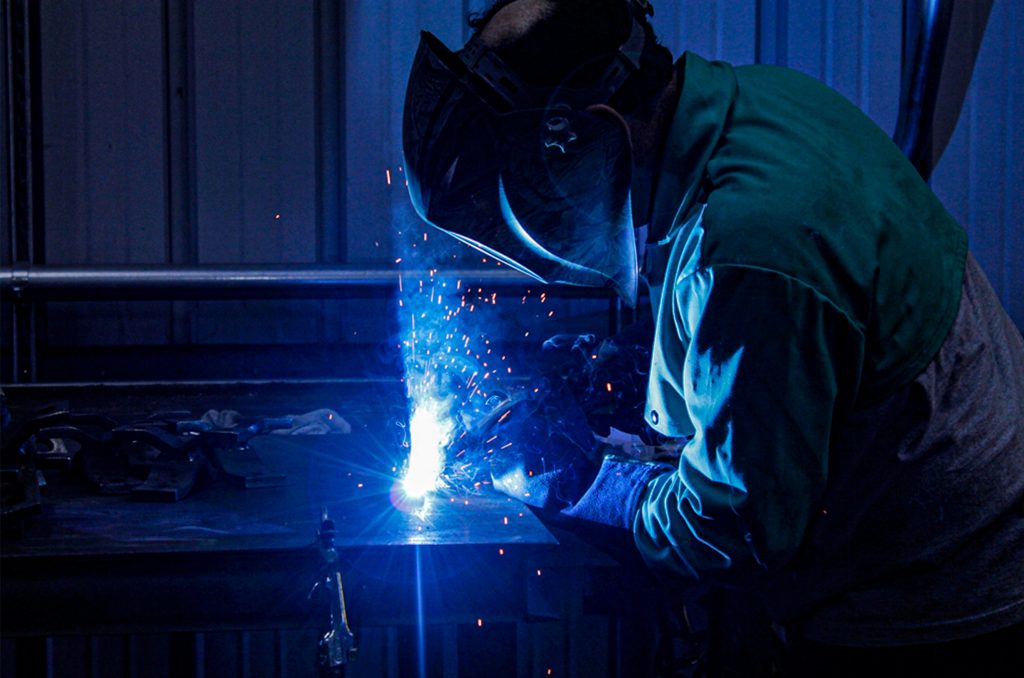How Expansion and Contraction of Metals Affect Aviation Welding Process
Aviation welding is a specialized type of welding used to assemble aircraft. This type of welding has unique challenges because it must adhere to strict safety regulations and requirements. In this article, we’ll discuss how expansion and contraction can affect the quality of aviation welding and what you can do about it.
Read more of our BLOGS here: https://knisleyexhaust.com/blog/
What Is Aviation Welding?
Aviation welding refers to a process of joining or repairing metal parts using heat, fusion, and pressure. The procedure applies to various metals such as aluminum, magnesium, titanium, and steel.
In aviation welding, the weld heats up due to friction caused by its contact with surrounding air while in motion. The friction produces a large amount of heat that melts the workpieces together at their contact points (fusion).
Expansion and Contraction Make Metal Move
Expansion and contraction, also known as thermal cycling, refers to the expansion or contraction of materials as they absorb or release heat. In turn, it can significantly impact the quality of a weld joint.
When metal expands, it will be forced to stretch and sometimes tear. It makes it difficult for welders to maintain control over their work as they try to create an even bead or fillet.
You can see the expansion and contraction effect on the welded material. Putting too much strain on metal during welding increases the risk of failure due to cracking or tearing.
It is especially true with high-stress joints such as those found in aircraft construction, where safety becomes paramount. Failure in such a scenario could lead to catastrophic consequences such as serious injury or death.
Expansion and Contraction of Metals Affect Welding Quality
If expansion is more than contraction, it will cause the weld to be stressed. On the other hand, if the contraction is greater than the expansion, it will be overstressed.
The amount of stress on the weld depends on the metal used. The metal must withstand this stress to maintain its integrity and hold together well during flight or other activities.
Welding Techniques to Control Expansion and Contraction of Metal
There are two main methods for controlling the expansion and contraction of metal when welding.
The first is by using heat to change the rate at which the weld cools. In doing so, it will have a lower coefficient of thermal expansion than either of its parent pieces.
You can use filler metals with higher melting points or more mass per unit volume (density). However, it will require more time to cool down and slow down the overall rate at which they contract.
This process is used where parts must remain structurally sound after welding. It is applied even if their coefficients of thermal expansion differ greatly from one another’s.
For example, you can join two pieces made from different alloys with different coefficients but known amounts of expansion during cooling.
Another method is to use filler metals that undergo less contraction during cooling than either piece when joining two points during heating, such as those used in construction.
Thus, you may use aluminum alloys because they expand only slightly when heated and contract very little when cooled down. It means they won’t pull apart easily once they’ve joined.
Impact on Aircraft Exhaust Systems
While many know that expansion and contraction of metals are major causes of weld failures, they may not be as familiar with their impact on aircraft exhaust systems.
The aviation industry has strict requirements for the welds’ condition and how much movement those parts are allowed to experience. An exhaust system is responsible for collecting hot gases from an engine and directing them away from vital components.
Suppose someone has not properly evacuated these gases from an aircraft’s interior. In that case, there is a risk of overheating or fire caused by leaking fumes.
Thus, every part of this system must perform as expected during operation—especially where aviation welding is involved!
Proper Preventatives Measure Are a Must
In general, the expansion and contraction of many aspects of the aircraft structure will significantly impact the quality of the resulting welds. Thus, these should be considered during the design and layout of structures to minimize stresses and strains around critical weld zones.
Read more of our BLOGS here: https://knisleyexhaust.com/blog/
At Knisley Welding, our team of skilled welders for aircraft exhaust is dedicated to providing our customers with the best possible service and attention. For more information about our services, contact us via email at sales@knisleyexhaust.com or call us at (800) 522-6990 (toll-free).



